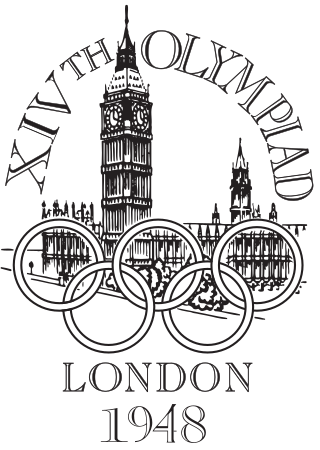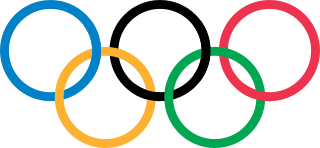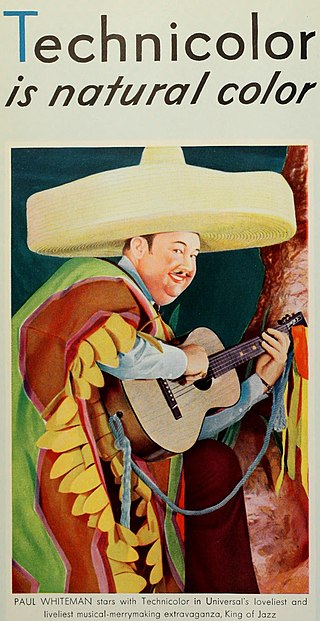
The 1948 Winter Olympics, officially known as the V Olympic Winter Games and commonly known as St. Moritz 1948, were a winter multi-sport event held from 30 January to 8 February 1948 in St. Moritz, Switzerland. The Games were the first to be celebrated after World War II; it had been twelve years since the last Winter Games in 1936.

The 1948 Summer Olympics were an international multi-sport event held from 29 July to 14 August 1948 in London, United Kingdom. Following a twelve-year hiatus caused by the outbreak of World War II, these were the first Summer Olympics held since the 1936 Games in Berlin. The 1940 Olympic Games had been scheduled for Tokyo and then for Helsinki, while the 1944 Olympic Games had been provisionally planned for London. This was the second time London hosted the Olympic Games, having previously hosted them in 1908, forty years earlier. The Olympics would return again to London 64 years later in 2012, making London the first city to host the games thrice, and the only such city until Paris and Los Angeles host their third games in 2024 and 2028, respectively. The 1948 Olympic Games were also the first of two summer Games held under the IOC presidency of Sigfrid Edström.
The Olympic flame is a symbol used in the Olympic movement. It is also a symbol of continuity between ancient and modern games. Several months before the Olympic Games, the Olympic flame is lit at Olympia, Greece. This ceremony starts the Olympic torch relay, which formally ends with the lighting of the Olympic cauldron during the opening ceremony of the Olympic Games. The flame then continues to burn in the cauldron for the duration of the Games, until it is extinguished during the Olympic closing ceremony.

The 1952 Winter Olympics, officially known as the VI Olympic Winter Games and commonly known as Oslo 1952, was a winter multi-sport event held from 14 to 25 February 1952 in Oslo, the capital of Norway.

The 1968 Winter Olympics, officially known as the X Olympic Winter Games, were a winter multi-sport event held from 6 to 18 February 1968 in Grenoble, France. Thirty-seven countries participated. Frenchman Jean-Claude Killy won three gold medals in all the alpine skiing events.

The International Olympic Committee (IOC) uses icons, flags, and symbols to elevate the Olympic Games. These symbols include those commonly used during Olympic competition—such as the flame, fanfare and theme—as well as those used throughout the years, such as the Olympic flag.

Mitchell Camera Corporation was an American motion picture camera manufacturing company established in Los Angeles in 1919. It was a primary supplier of newsreel and movie cameras for decades, until its closure in 1979.
In cinematography, bipacking, or a bipack, is the process of loading two reels of film into a camera, so that they both pass through the camera gate together. It was used both for in-camera effects and as an early subtractive colour process.

Color motion picture film refers both to unexposed color photographic film in a format suitable for use in a motion picture camera, and to finished motion picture film, ready for use in a projector, which bears images in color.
Trucolor was a color motion picture process used and owned by the Consolidated Film Industries division of Republic Pictures. It was introduced as a replacement for Consolidated's own Magnacolor process.
Separation masters are a method of long-term preservation for most modern color motion picture film. Since monopack color film - used in such processes as ECN, ECP and their successive revisions - contains photographically active color couplers which remain in the film after development, the emulsion will continue to produce chemical reactions in the image which cumulatively create a color fading, usually heavily biased towards the pink spectrum. In order to protect against this occurrence, the technique of separation masters was created.

The 2014 Summer Youth Olympics, officially known as the II Summer Youth Olympic Games Chinese: 第二届夏季青年奧林匹克运动会; pinyin: Dì'èrjiè Xiàjì Qīngnián Àolínpǐkè Yùndònghuì, and commonly known as Nanjing 2014, were the second Summer Youth Olympic Games, an international sports, education and cultural festival for teenagers, held from 16 to 28 August 2014 in Nanjing, China. These were the first Youth Olympic Games held in China, making it the first country to host both regular and Youth Olympics following the 2008 Summer Olympics in Beijing.
In bipack color photography for motion pictures, two strips of black-and-white 35 mm film, running through the camera emulsion to emulsion, are used to record two regions of the color spectrum, for the purpose of ultimately printing the images, in complementary colors, superimposed on one strip of film. The result is a multicolored projection print that reproduces a useful but limited range of color by the subtractive color method. Bipack processes became commercially practical in the early 1910s when Kodak introduced duplitized film print stock, which facilitated making two-color prints.

The United Kingdom of Great Britain and Northern Ireland has participated in every summer and winter Paralympic Games.

Technicolor is a series of color motion picture processes, the first version dating back to 1916, and followed by improved versions over several decades.
The 1948 Summer Olympics torch relay was run from 17 July until 29 July 1948, prior to the 1948 Summer Olympics, held in London, United Kingdom. The relay was nicknamed the "relay of peace". It was only the second occasion that a torch relay was held for the Olympics; the first was at the 1936 Summer Olympics.
The 1952 Winter Olympics torch relay was the first time that a flame was transported as part of the build-up to the Winter Olympics. While similar to the inaugural Summer Olympics torch relay of 1936 the Olympic Flame did not start in Olympia, instead the relay began in Morgedal, Norway, the birthplace of competitive skiing. Indeed, the Norwegian Olympic Committee were keen to stress that this was not the traditional transfer of the Olympic flame but a separate event that symbolised the use of torches while skiing in the dark. It was not until the 1964 Winter Olympics that the relay could be said to transport a true Olympic flame originating from Olympia.

The 2022 Winter Paralympics torch relay was a three-day event leading up to the 2022 Winter Paralympics held in Beijing, China. In total, 565 torchbearers carried the torch.










